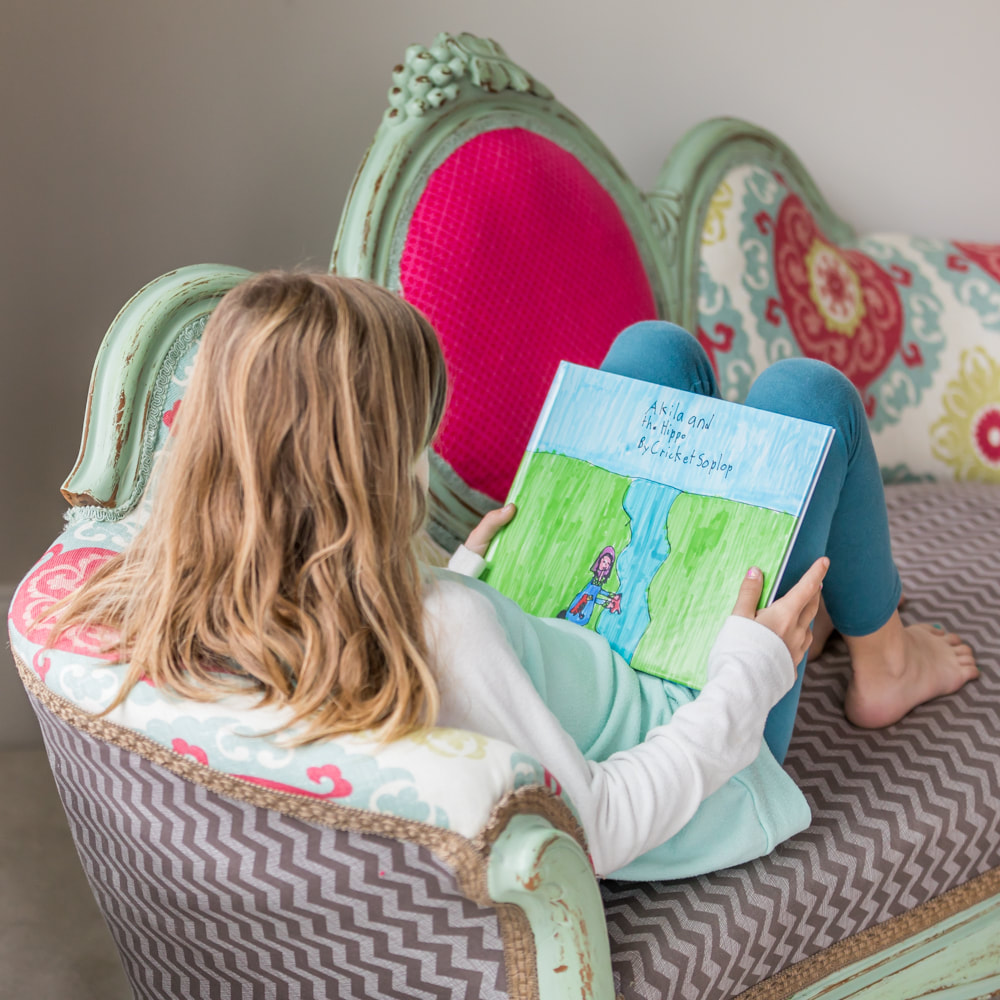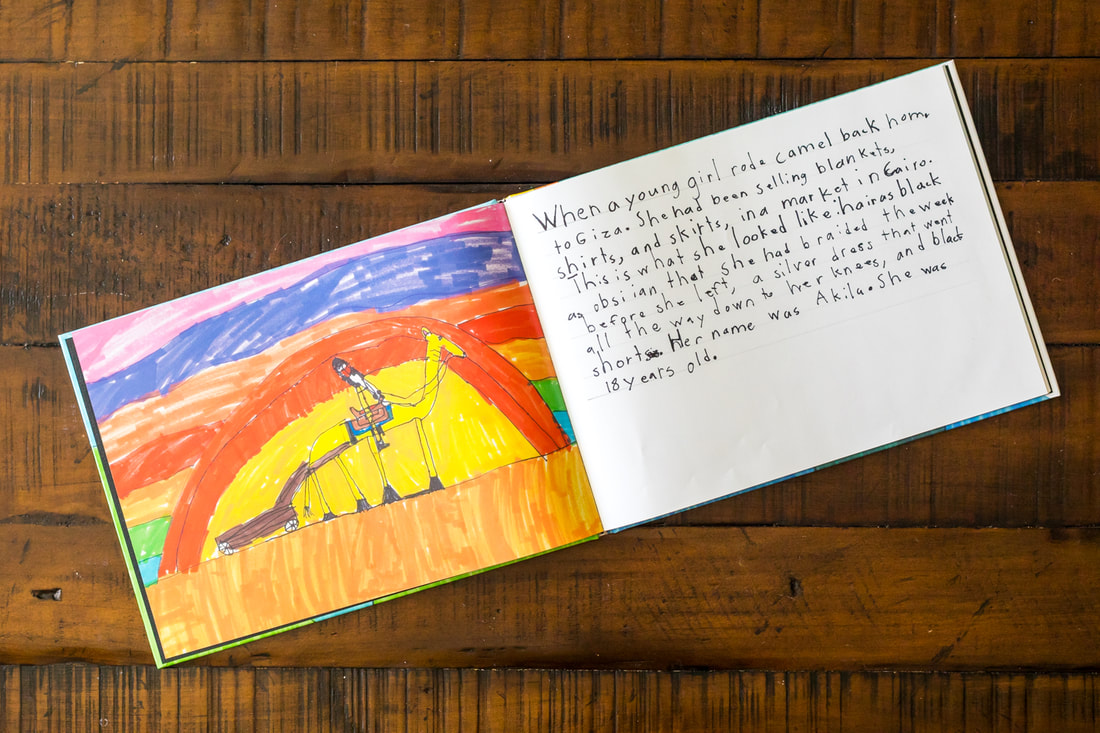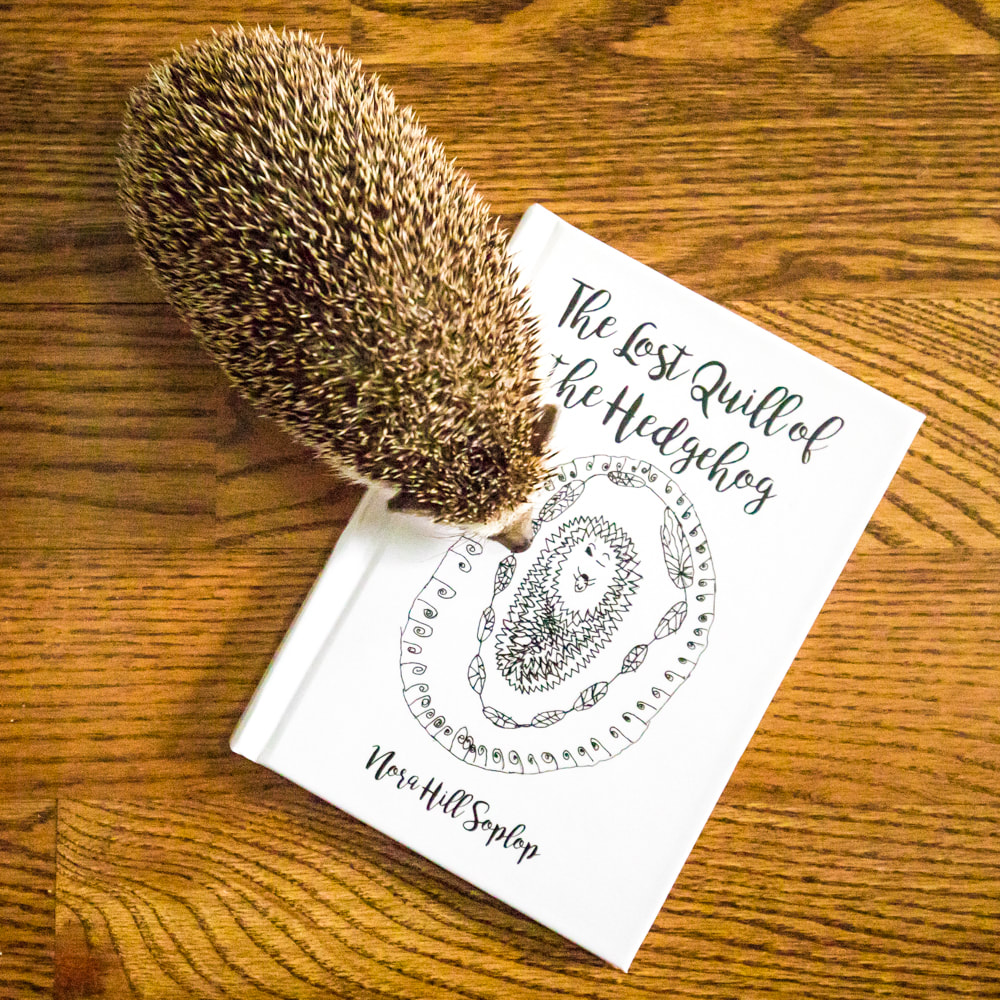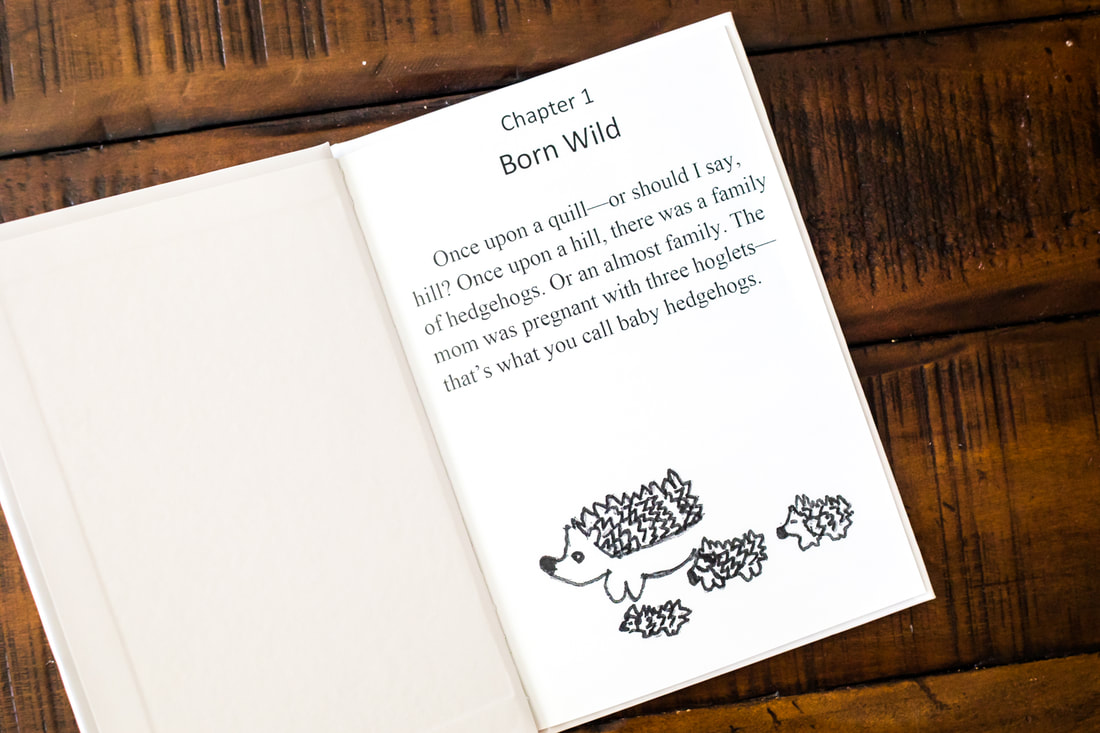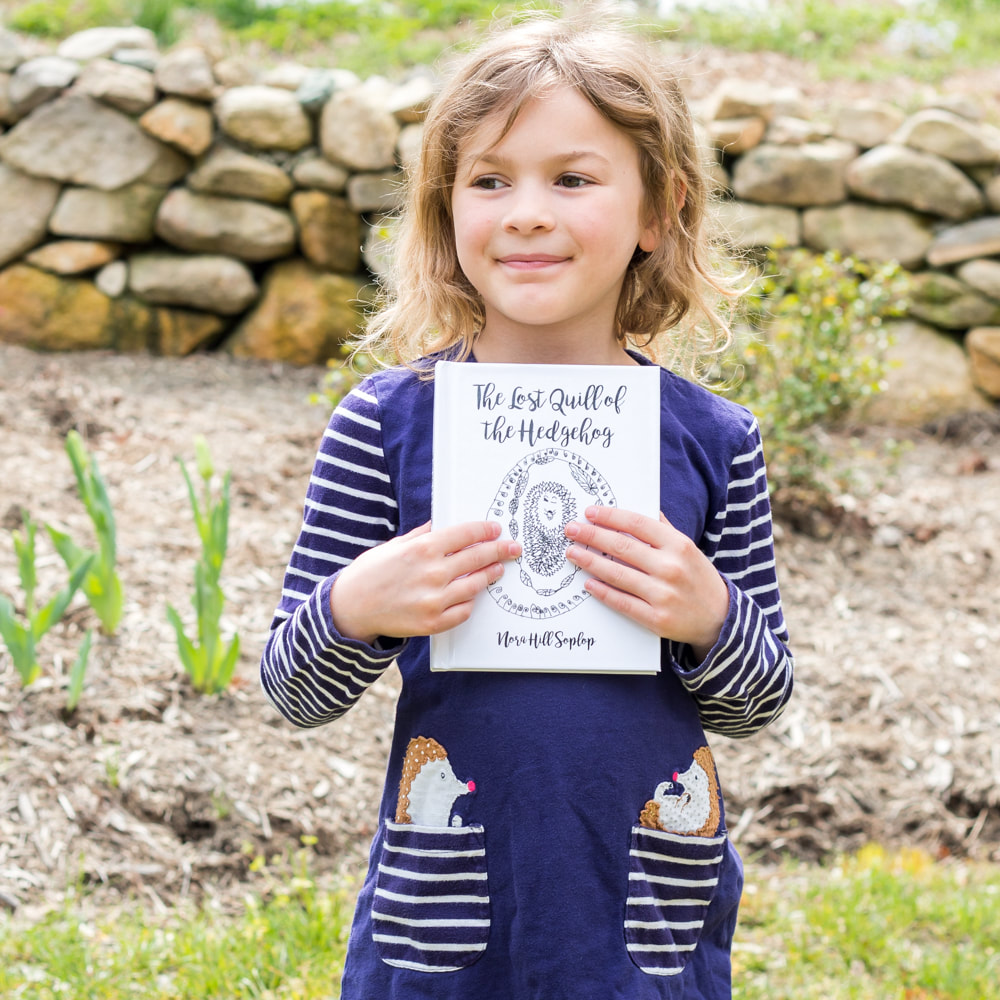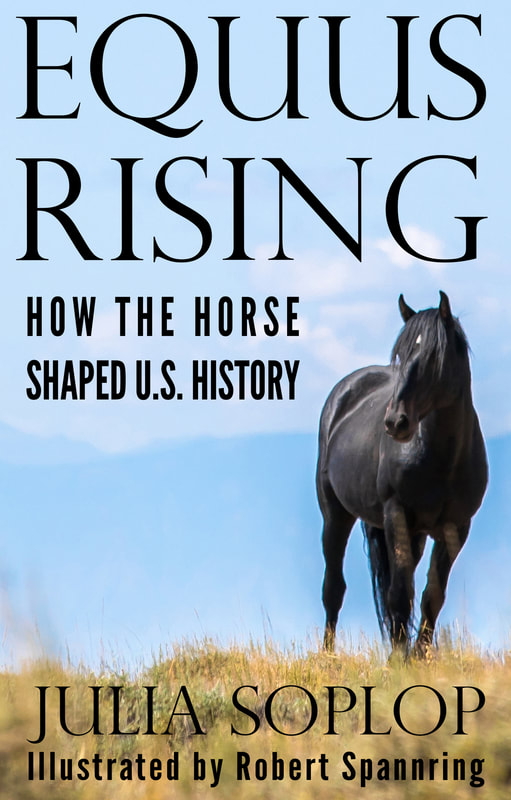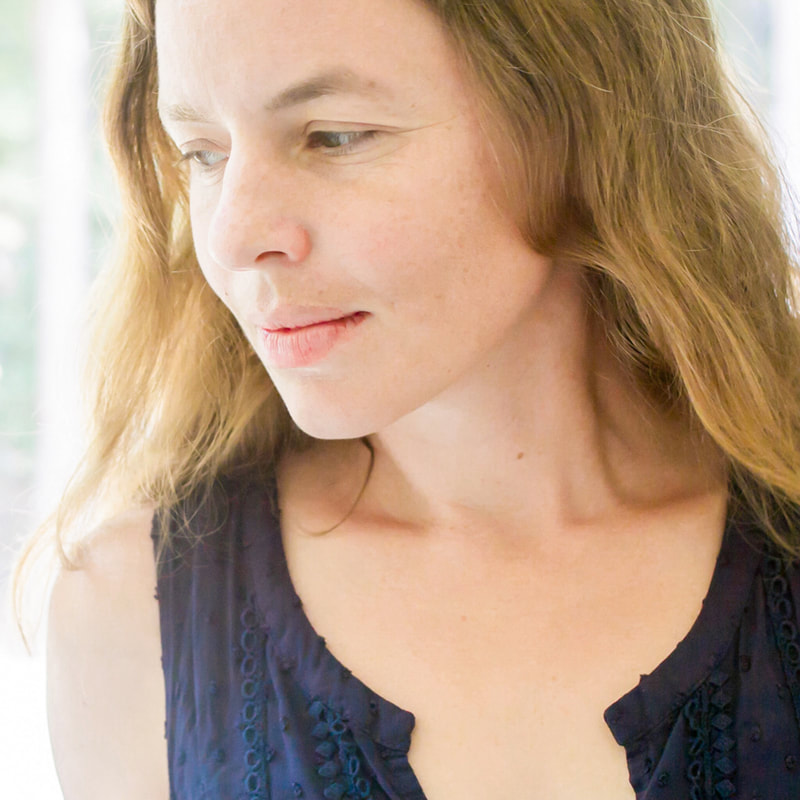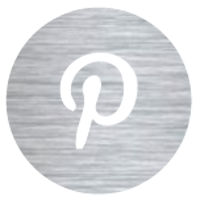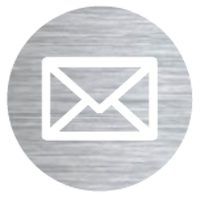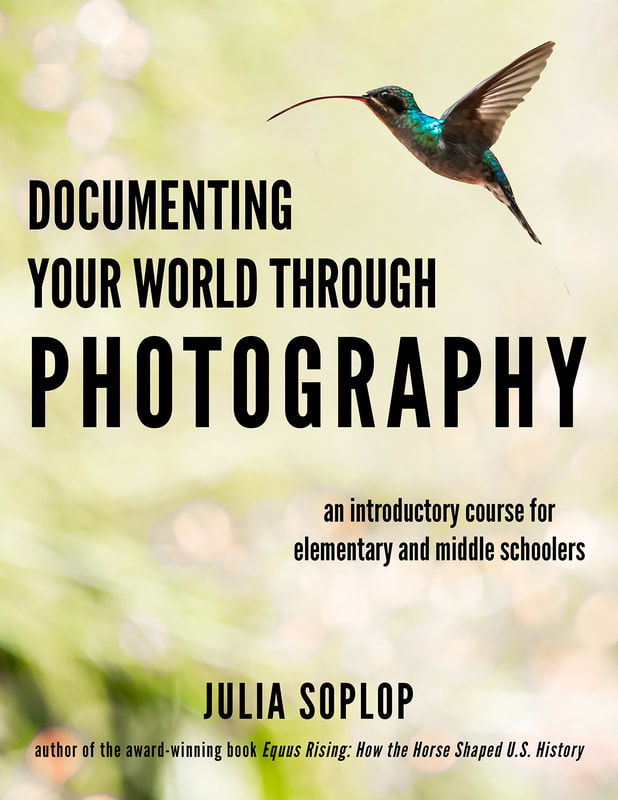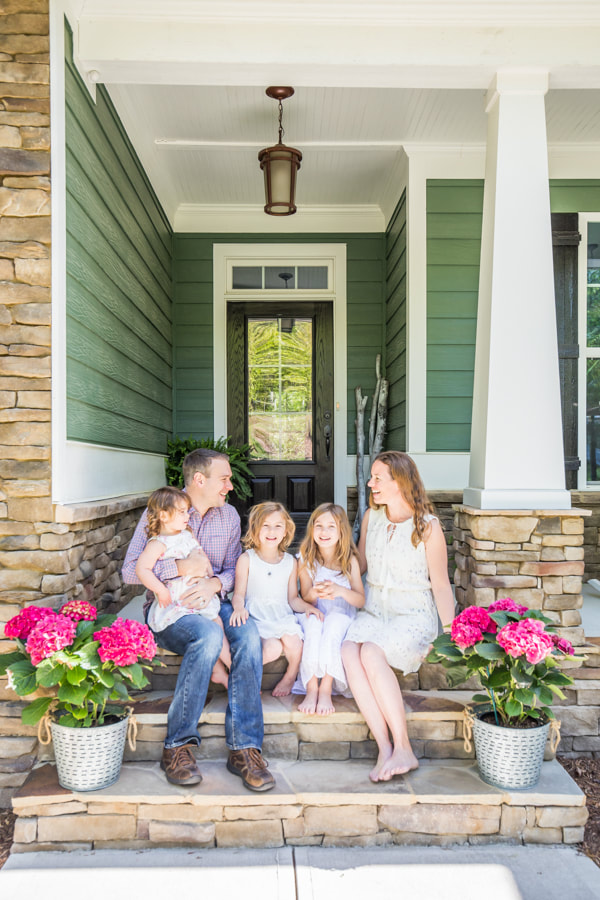|
We just wrapped up one of our favorite activities of the homeschool year: a book-writing workshop. Can you imagine the joy and pride in the girls' eyes when their printed books arrived in the mailbox?
I've gotten a lot of questions about how we put the books together, so I thought I'd share our process. In this post, I'll describe the writing, editing, design, and printing methods we used for the books we wanted to print hard copies of but did not plan to actually publish. In the next post of this series, I detail how we went about independently publishing Cricket's book, which is now available on Amazon. Pulling together a book is no small task for the child or the parent/educator/editor, whether you plan to publish it or not, but it's so worth the work. Why? Three reasons: 1) a book is a literal, physical, understandable representation that you can achieve an overwhelming goal by breaking it into manageable pieces and dedicating hard work to it; 2) a book shows kids their ideas and work have value; 3) telling kids they have to study grammar, spelling, mechanics, and literature in case they need them for their careers when they're 40 means nothing, but a finished book product shows them that with those elements, they're capable of producing meaningful work now. Last year, Cricket wrote and illustrated a picture book. This year, Nora wrote and illustrated a short chapter book, and Cricket wrote and photographed a short chapter book. Our process happens in three phases: freewriting and re-writing, workshopping, and formatting.
Freewriting (and re-writing)
Workshopping
Once they completed a draft of the story (I put no time limit on them—a project like this is done when it's done), we began to work through the editing process together. I've done this part in two different ways.
Formatting
For the books we wanted to print to have copies for ourselves but not to actually publish, I used an online photo printer, Snapfish, and put them together as hardcover photo albums. There are plenty of inexpensive photo printer companies, but I liked that Snapfish allowed us to choose from several different sizes and gave us control over the page design.
Odds and ends
The formatting for Cricket's published book happened a little differently, and I explain that process in my next post. When the books arrive, we make a big deal out of them! A shiny, new, complete project is a big deal, whether it's technically published or not. (And legally, if I remember correctly from graduate school, if at least three people read something, it can be considered published regardless of any formalities.) We also throw a "Book Release" tea party, which is a blast and I'll tell you about in another post. I can't encourage you enough to build a book-writing workshop of some sort into your curriculum. Sure, I may be biased; I'm a writer after all. But regardless of their interests and skills, all kids need to learn to communicate effectively and break overwhelming projects into bite-size portions to succeed. Plus your heart will explode when you see how proud they are of their finished products.
Learn about my intro photography curriculum
Documenting Your World Through Photography: An Introductory Course for Elementary and Middle Schoolers Book lists: Around the world East Africa (Part I) East Africa (Part II) and Central Africa North Africa (Egypt) Southern Africa West Africa The Arctic Antarctica
0 Comments
Leave a Reply. |
My new book is out! Click to learn more about it.Hello thereI'm Julia Soplop, writer and photographer. I believe there is something profound in bearing witness to moments of joy and pain in others’ lives. My husband, three girls and I live outside of Chapel Hill, NC. You can read more about me here.
Snag my new photo curriculum for kids!Categories
All
Popular posts |


